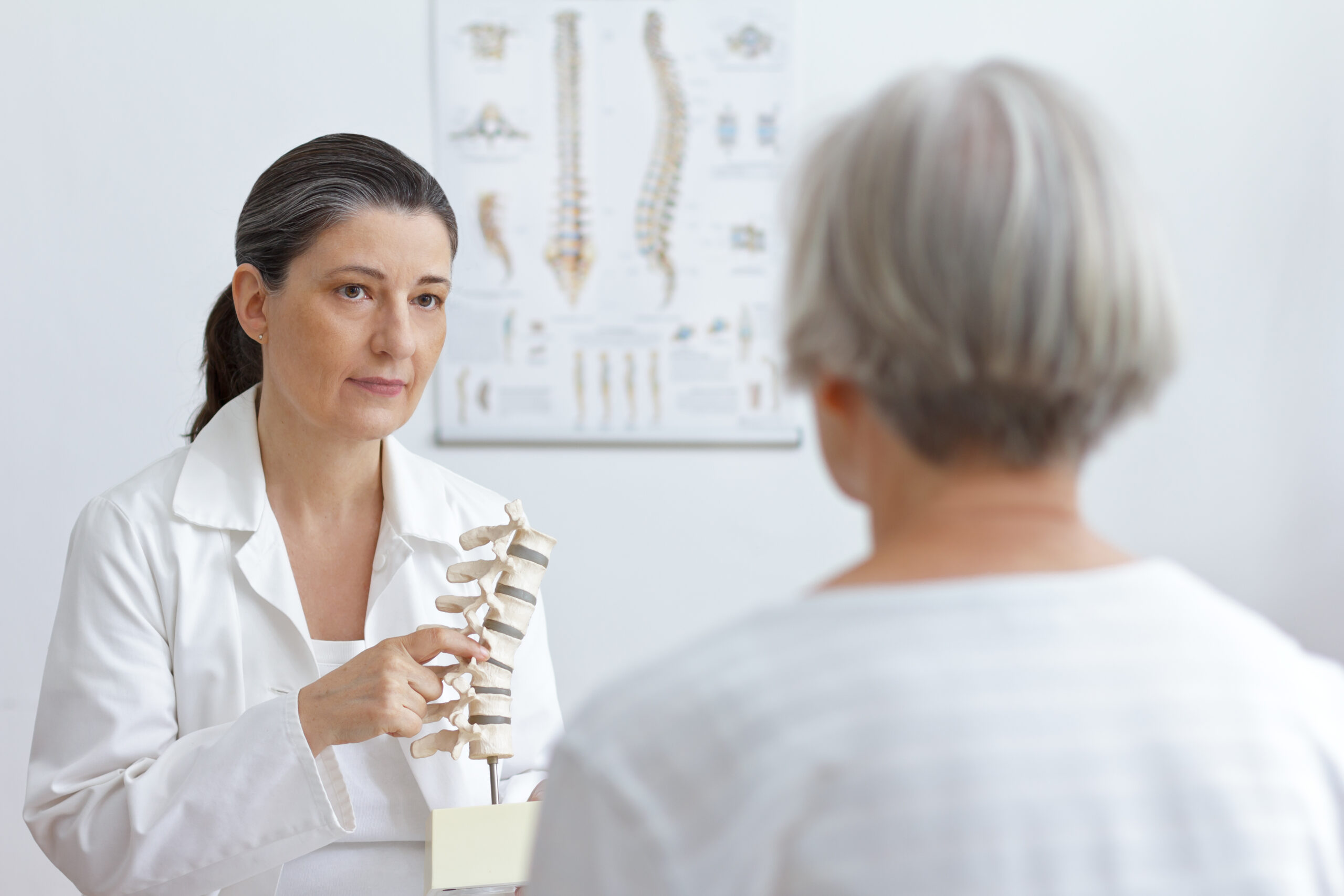Introduction to Bulging Discs
A bulging disc occurs when the outer layer of a spinal disc protrudes outward, often causing pressure on nearby nerves and resulting in pain and discomfort. This condition can significantly impact daily activities and overall quality of life. Finding effective bulging disc treatment is essential for managing symptoms and improving spinal health.
Spinal discs act as shock absorbers between the vertebrae, allowing for flexibility and movement. When a disc bulges, it can compress the spinal cord or nerve roots, leading to symptoms such as pain, numbness, and weakness. Bulging discs most commonly occur in the lumbar spine (lower back) and cervical spine (neck), but they can affect any part of the spine.
Various factors can contribute to the development of bulging discs, including age-related degeneration, poor posture, repetitive strain, and traumatic injury. Understanding the underlying causes and symptoms is crucial for developing an effective treatment plan. Wellness and Pain offers comprehensive diagnostic and bulging disc treatment options to help patients achieve relief and improve their quality of life.
Causes and Risk Factors of Bulging Discs
Several factors can increase the risk of developing bulging discs. Age-related wear and tear is a common cause, as the spinal discs naturally lose hydration and elasticity over time, making them more susceptible to bulging. Additionally, poor posture and prolonged sitting or standing can place excessive pressure on the spine, contributing to disc problems.
Repetitive motions and heavy lifting, especially when done improperly, can also lead to bulging discs. Occupations and activities that involve repetitive bending, twisting, or lifting can increase the risk of disc injuries. Sports and physical activities that place significant stress on the spine can also contribute to disc degeneration and bulging.
Traumatic injuries, such as falls, car accidents, or sports injuries, can cause immediate damage to the spinal discs, leading to bulging. Genetic factors may also play a role, as some individuals may be predisposed to disc degeneration and spinal issues. Recognizing these risk factors can help individuals take preventive measures and seek early bulging disc treatment if symptoms arise.

Symptoms and Diagnosis of Bulging Discs
Bulging discs can cause a range of symptoms, depending on the location and severity of the disc protrusion. Common symptoms include localized pain in the neck or lower back, radiating pain that travels down the arms or legs, and numbness or tingling sensations. Muscle weakness and difficulty with coordination or balance may also occur.
In the lumbar spine, bulging discs often lead to sciatica, characterized by pain that radiates from the lower back down one or both legs. This pain can be sharp, burning, or shooting and is often aggravated by sitting, bending, or lifting. In the cervical spine, bulging discs can cause pain that radiates to the shoulders and arms, along with neck stiffness and headaches.
Diagnosis of bulging discs typically involves a thorough medical history, physical examination, and imaging tests such as MRI or CT scans. These diagnostic tools help pinpoint the exact location and extent of the disc bulge, allowing for a targeted and effective bulging disc treatment plan. Wellness and Pain provides expert diagnostic services to accurately identify and treat bulging discs.
Diagnostic options for back pain include:
- X-ray of the lumbar spine: This imaging test can reveal bone abnormalities and alignment issues.
- MRI of the lumbar spine: MRI scans provide detailed images of soft tissues, including muscles, ligaments, and intervertebral discs, helping to identify herniations or nerve compression.
- Ultrasound of the lower extremities: This test looks for vascular causes of pain, such as blood clots or poor circulation.
- Nerve Conduction Velocity (NCV) and Electromyography (EMG): These tests assess nerve and muscle function, helping to pinpoint whether lumbar spine issues are the source of pain.
Effective Treatment Options for Bulging Discs
Finding the right bulging disc treatment is crucial for alleviating pain and restoring function. Treatment options range from conservative measures to more advanced interventions, depending on the severity of the condition and the patient’s overall health. At Wellness and Pain, we offer a variety of treatment options tailored to each patient’s needs.
Conservative treatments are often the first line of defense and may include chiropractic and acupuncture massage, medications, and lifestyle modifications. Minimally invasive treatments include Medial branch block, stem cells, epidurals, percutaneous discectomy, and vein ablation
Medications such as anti-inflammatory drugs and muscle relaxants can help manage pain and discomfort. In some cases, epidural steroid injections may be recommended to reduce inflammation and provide temporary relief. For patients who do not respond to conservative treatments, minimally invasive surgical procedures may be necessary to remove the bulging portion of the disc and relieve pressure on the nerves.
Benefits of Professional Bulging Disc Treatment
Enhanced Mobility and Function
Effective bulging disc treatment can lead to significant improvements in mobility and overall function. By addressing the root cause of the pain and implementing a comprehensive treatment plan, patients can enjoy increased mobility, reduced pain, and a greater ability to perform daily activities without discomfort.
- Improved spinal stability and flexibility
- Reduced pain and inflammation
- Enhanced ability to engage in physical activities
Prevention of Future Issues
Seeking professional treatment for bulging discs not only addresses current symptoms but also helps prevent future issues. A thorough assessment and tailored treatment plan can identify and correct underlying problems, reducing the risk of recurrent injuries and promoting long-term spinal health.
- Comprehensive evaluation and diagnosis
- Personalized treatment and rehabilitation programs
- Education on proper body mechanics and injury prevention
Improved Overall Quality of Life
Managing bulging discs through professional treatment can greatly enhance overall quality of life. Patients often experience improved mental and physical well-being, leading to a more active and fulfilling lifestyle.
- Reduced stress and anxiety related to chronic pain
- Increased participation in social and recreational activities
- Better overall health and wellness
At Wellness and Pain, our dedicated team is committed to providing effective bulging disc treatment through personalized care and comprehensive treatment options. We strive to help our patients regain their mobility and live pain-free lives.











